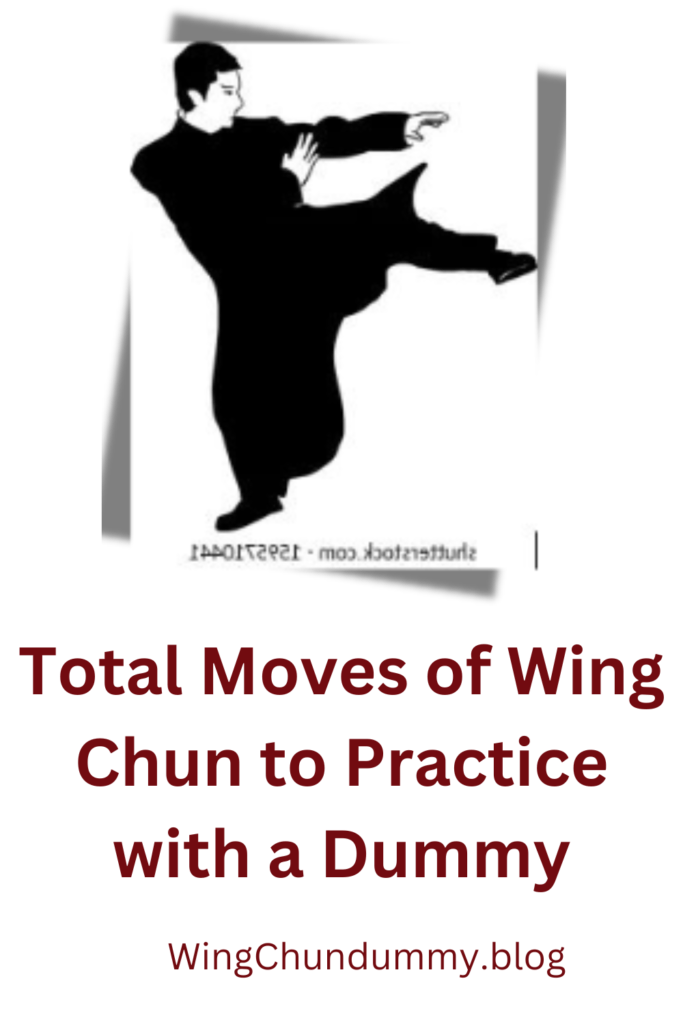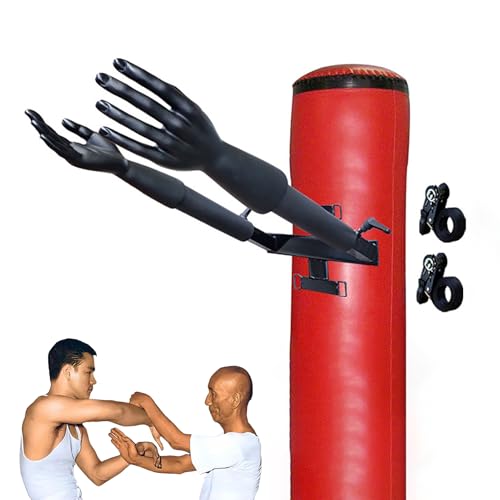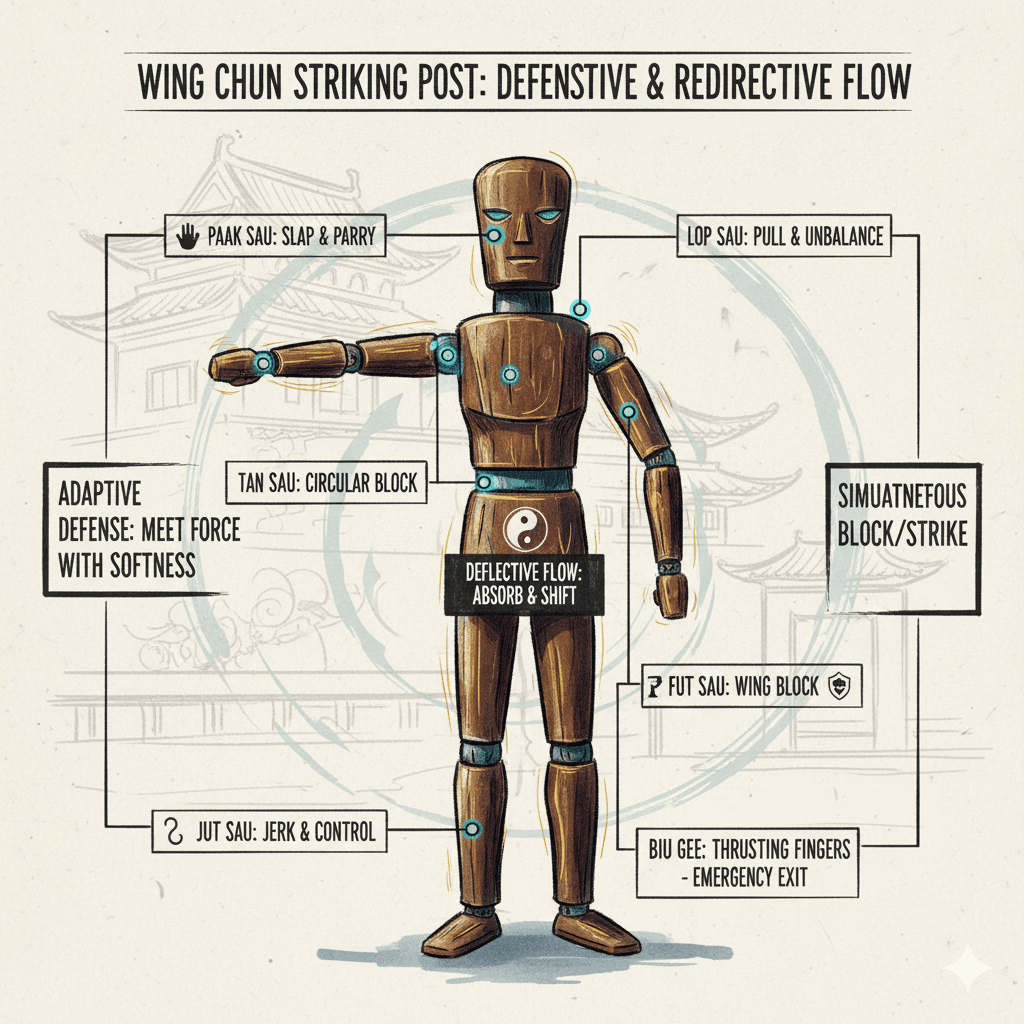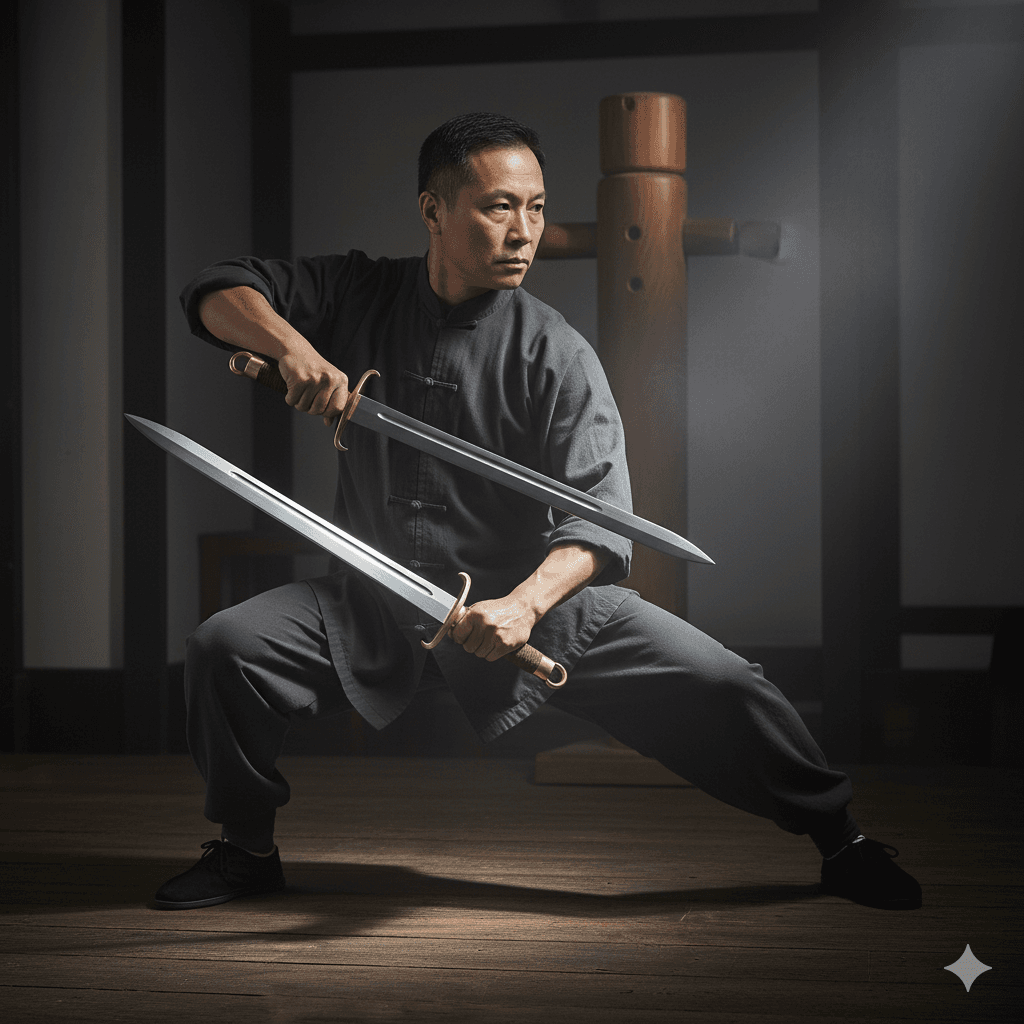Wing Chun is a highly effective martial art that emphasizes practicality and efficiency in combat.
It is known for its close-quarters fighting techniques and quick, precise movements.
One of the best ways to develop and refine your Wing Chun skills is by practicing with a dummy.
A Wing Chun dummy, also known as a wooden dummy or a Muk Yan Jong, is a training tool that helps practitioners improve their techniques, timing, and accuracy.
In this article, we will explore the Top 10 moves of Wing Chun that you can practice with a dummy.
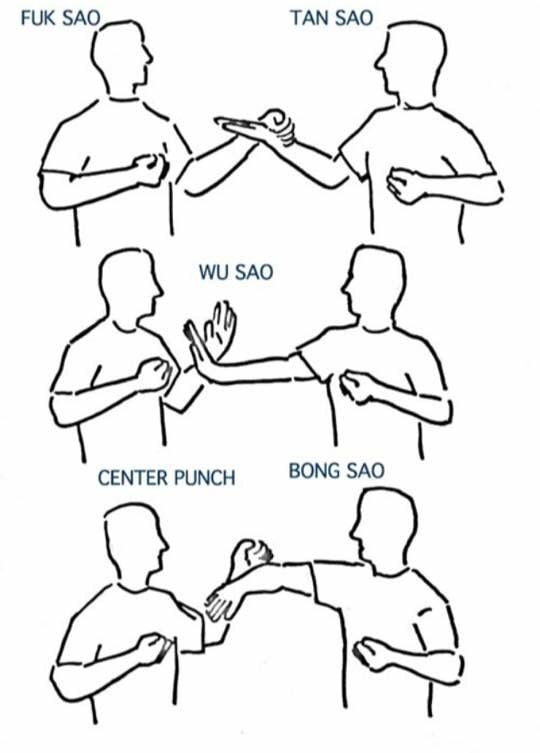
1. Tan Sau (Palm-up Block):
Tan Sau is a fundamental move in Wing Chun that involves deflecting an opponent’s attack with the palm facing up.
Practice this move on the dummy by striking the arms of the dummy with your palms facing up, simulating an incoming attack.
2. Bong Sau (Wing Arm Block)
Bong Sau is another essential move in Wing Chun that involves deflecting an attack with a circular motion of the arm.
Practice this move on the dummy by striking the arms of the dummy with a circular motion, mimicking an incoming attack.
3. Fook Sau (Bridge Hand Block)
Fook Sau is a move that involves redirecting an opponent’s attack by using the bridge hand.
Practice this move on the dummy by striking the arms of the dummy with your bridge hand, focusing on accuracy and speed.
4. Jut Sau (Jerking Hand Block)
Jut Sau is a move that involves redirecting an opponent’s attack by using a quick jerking motion.
Practice this move on the dummy by striking the arms of the dummy with a sharp jerking motion, simulating an incoming attack.
5. Lap Sau (Pulling Hand Block)
Lap Sau is a move that involves pulling an opponent’s arm to create an opening for a counter-attack.
Practice this move on the dummy by grabbing and pulling the arms of the dummy, focusing on timing and precision.
6. Gerk Sau (Leg Block)
Gerk Sau is a move that involves blocking an opponent’s leg attack with your own leg.
Practice this move on the dummy by kicking the leg of the dummy, focusing on balance and control.
7. Kau Sau (Detaining Hand Block)
Kau Sau is a move that involves trapping an opponent’s arm to control their movement.

Practice this move on the dummy by trapping the arms of the dummy, simulating an opponent’s attack.
8. Biu Sau (Darting Hand Block)
Biu Sau is a move that involves striking an opponent’s vulnerable areas with a quick and powerful motion.
Practice this move on the dummy by striking the dummy’s vital points with speed and accuracy.
9. Huen Sau (Circling Hand Block)
Huen Sau is a move that involves deflecting an opponent’s attack by circling the arms.
Practice this move on the dummy by circling your arms around the arms of the dummy, simulating an incoming attack.
10. Pak Sau (Slapping Hand Block)
Pak Sau is a move that involves deflecting an opponent’s attack with a slapping motion.
Practice this move on the dummy by slapping the arms of the dummy with speed and precision.
Remember, practicing with a dummy is not a substitute for training with a qualified instructor.
It is important to receive proper guidance and feedback to ensure that you are practicing the moves correctly.
Additionally, practicing with a dummy should be complemented with other training methods such as partner drills and sparring to develop your overall Wing Chun skills.
Conclusion
PracticingPracticing with a dummy is a valuable tool for Wing Chun practitioners to refine their techniques and improve their overall skills.
By practicing the total moves of Wing Chun on a dummy, you can enhance your speed, accuracy, and timing.
Remember to always train under the guidance of a qualified instructor and supplement your dummy training with other training methods to fully develop your Wing Chun abilities.
Let us know about your thoughts on Top 10 moves of Wing Chun.
Thanks

